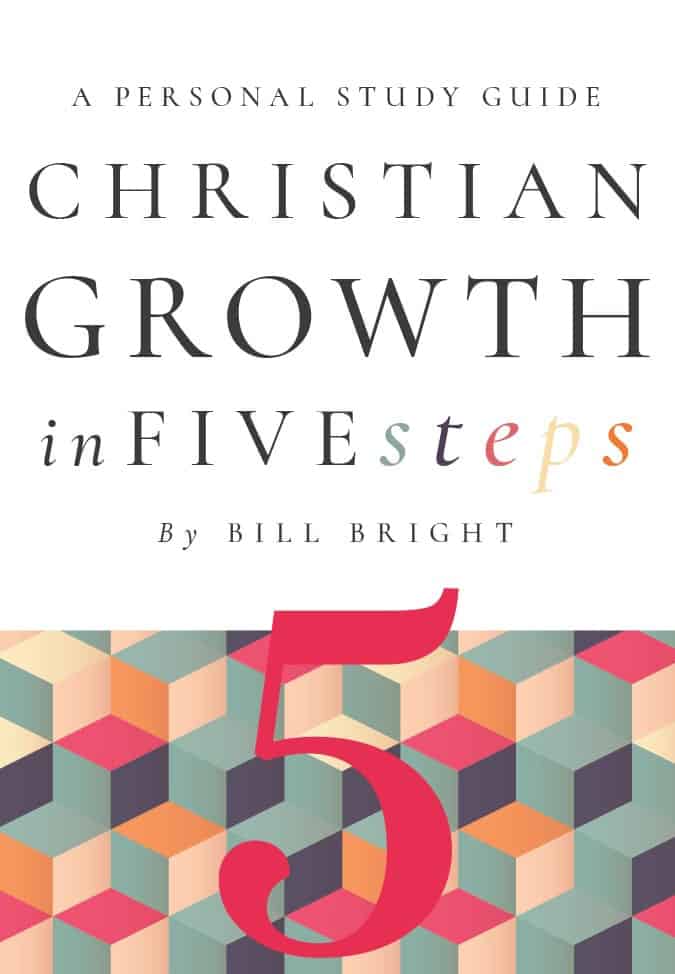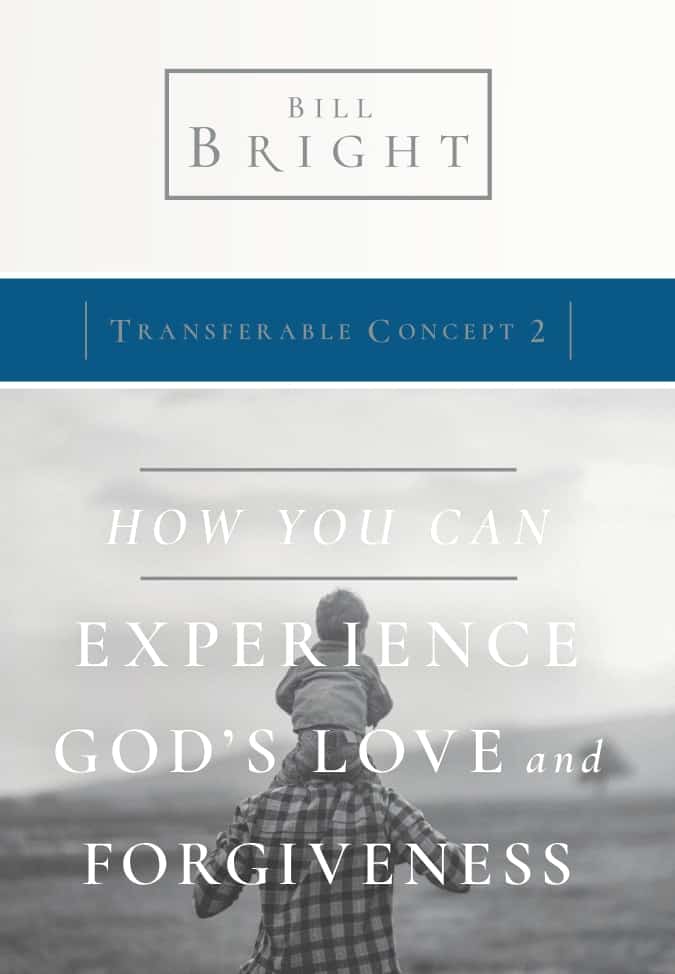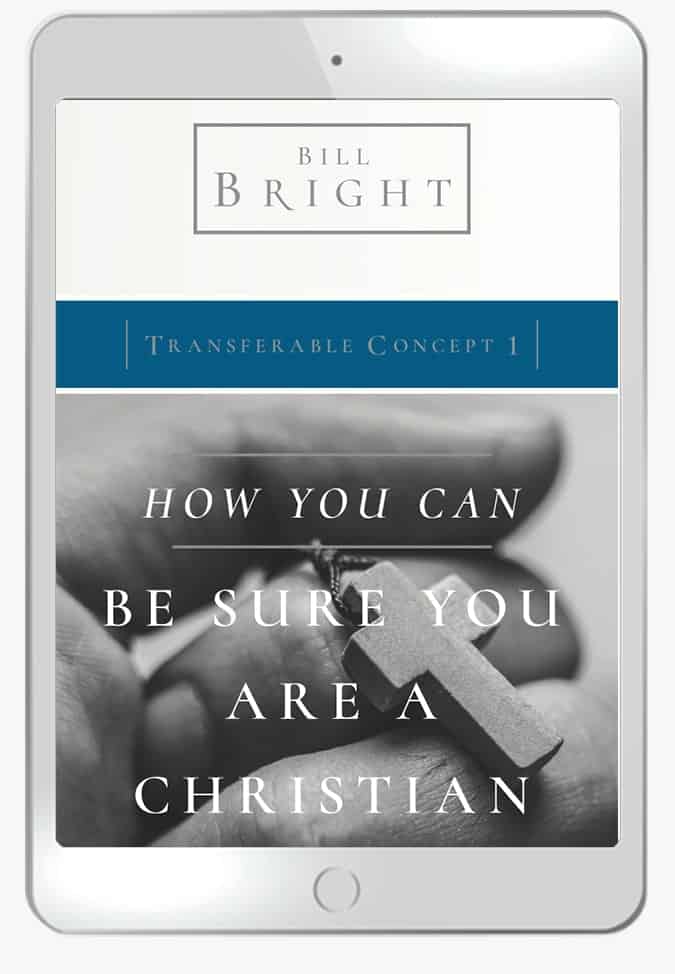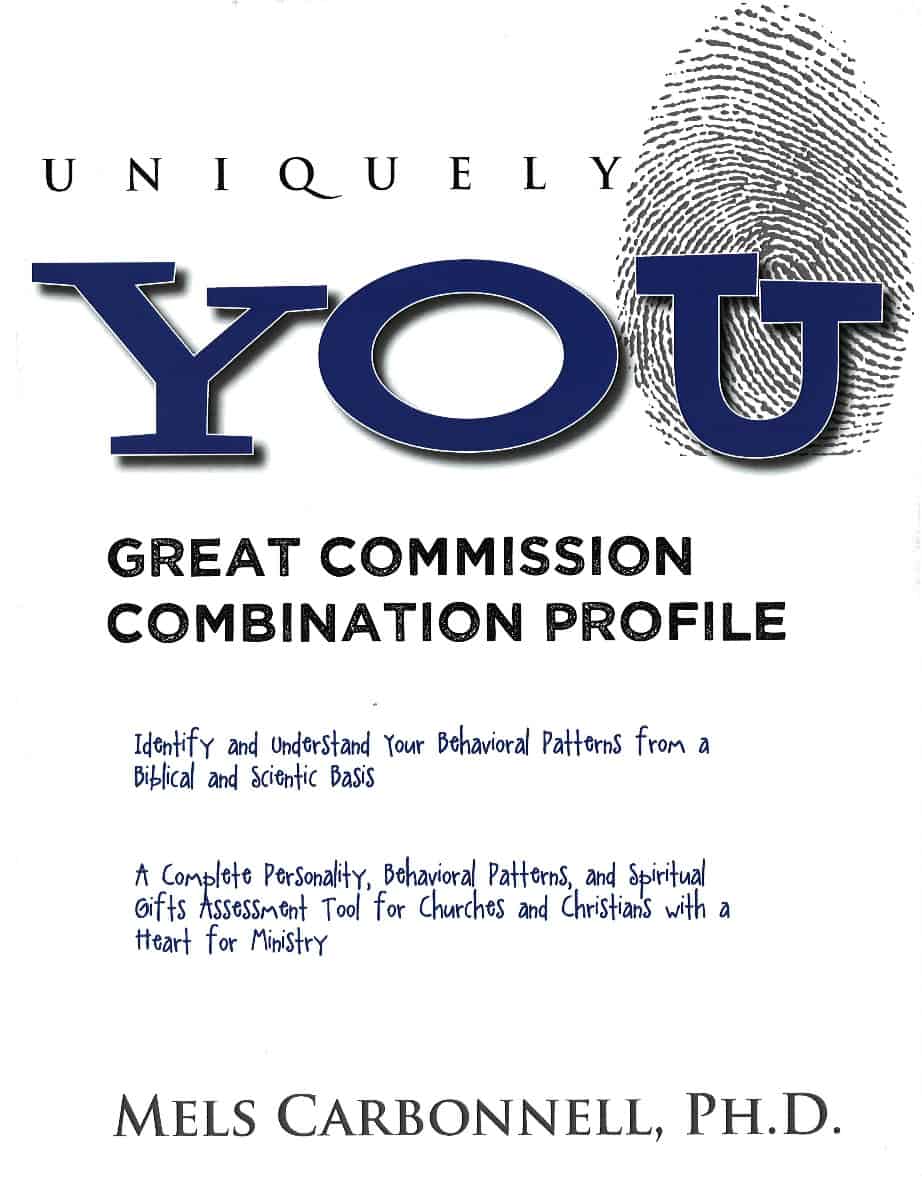Why Was Jesus Crucified?

Paul was an important leader of the early church who wrote much of the Bible’s New Testament. In one of the letters he wrote to the church in the city of Corinth, Greece, Paul called the crucifixion “a stumbling block to Jews and foolishness to Gentiles” (1 Corinthians 1:23, New International Version).
Gentiles (people who aren’t Jews) were accustomed to worshipping mighty gods like Greece’s Zeus or Rome’s Jupiter. The idea that Christians would worship Jesus as God even though He was crucified would be hard for them to get over. Why worship a God who was killed by His enemies?
It was different for the Jews. They were expecting a Messiah to come and overthrow their enemies. If this was God’s Anointed One, why would He come to such a tragic end? He didn’t meet their expectations. The cross prevented many Jews from believing that Jesus really was the Messiah.
If Jesus’ crucifixion caused so much confusion, why was it needed? And why do Christians call its day of remembrance “Good” Friday? Let’s take a look at what Scripture says.
The following topics are covered in this article. Click on the topic if you prefer to go straight there:
Jesus was crucified to reconcile you to God

The first book of the Bible, Genesis, talks about the world’s creation. Everything in God’s creation was good, but the first two human beings, Adam and Eve, made the decision to disobey God (Genesis 3:1-9). This decision led to humankind’s exile from paradise and introduced sin into the world.
The Bible says that all people have sinned (Romans 3:23). Sin — active rebellion or passive indifference toward God — causes each human to be separated from God (Romans 6:23). The consequence of Adam and Eve’s sin is physical and eternal death for humankind. Sin is a barrier to humanity’s relationship with God.
Throughout the Old Testament (first part of the Bible), animal sacrifices paid the debt for Israel’s sins, but they couldn’t completely deal with them. The author of the New Testament book of Hebrews says:
The law is only a shadow of the good things that are coming — not the realities themselves. For this reason it can never, by the same sacrifices repeated endlessly year after year, make perfect those who draw near to worship. Otherwise, would they not have stopped being offered?For the worshipers would have been cleansed once for all, and would no longer have felt guilty for their sins. But those sacrifices are an annual reminder of sins. It is impossible for the blood of bulls and goats to take away sins. (Hebrews 10:1-4, NIV)But Jesus came to be the perfect and final sacrifice for all sins.
Once you were alienated from God and were enemies in your minds because of your evil behavior. But now He has reconciled you by Christ’s physical body through death to present you holy in His sight, without blemish and free from accusation — if you continue in your faith, established and firm, and do not move from the hope held out in the gospel. This is the gospel that you heard and that has been proclaimed to every creature under heaven, and of which I, Paul, have become a servant. (Colossians 1:21-23, NIV)For you know that it was not with perishable things such as silver or gold that you were redeemed from the empty way of life handed down to you from your ancestors, but with the precious blood of Christ, a lamb without blemish or defect. He was chosen before the creation of the world, but was revealed in these last times for your sake. (1 Peter 1:18-20, NIV)Jesus’ death on the cross provided the way for humans to receive forgiveness of sin and be restored to a full relationship with God. Recalling the story of Adam and Eve mentioned above, Paul writes, “As in Adam all die, so in Christ all will be made alive” (1 Corinthians 15:22, NIV).
The crucifixion provided new access to God
After Jesus breathed his last breath on the cross, “The curtain of the temple was torn in two from top to bottom,” (Mark 15:38, NIV). How did this happen, and why was this significant?
The temple was where God chose to make His home with His people. Within the temple, behind a heavy curtain was the Holy of Holies, where God’s presence dwelled. Only the high priest could enter this sacred space, and only after following elaborate instructions for purification.
The ripping of the curtain at Jesus’ death represents something profound. Jesus offered the final sacrifice for purification — Himself. Before giving up His spirit, Jesus said, “It is finished” (John 19:30, NIV). The moment that looked like ultimate defeat, Jesus’ death, was actually ultimate victory because of what His death (and resurrection) accomplished.
The violent tearing of the curtain represents both Jesus’ gruesome death and sacrifice for sin, as well as the removal of the barrier between people and God. Now that the curtain was left ripped and open, people could enter into God’s presence. With sin taken out of the equation through Christ’s sacrifice on the cross, all people could finally come freely into fellowship with God.
Therefore, brothers and sisters, since we have confidence to enter the Most Holy Place by the blood of Jesus, by a new and living way opened for us through the curtain, that is, his body, and since we have a great priest over the house of God, let us draw near to God with a sincere heart and with the full assurance that faith brings, having our hearts sprinkled to cleanse us from a guilty conscience and having our bodies washed with pure water. (Hebrews 10:19-22, NIV)
The moment you confess Jesus as your Lord and Savior, you step into an eternal relationship with Him.
No longer does the temple hold the presence of God. His presence lives in you.
Jesus’ crucifixion demonstrates God’s love for us

If you have ever wondered if God loves you, you need only look to the cross. Are you curious about how such a horrible event could be a sign of God’s love? Paul explains it in a letter he wrote to Jesus followers in Rome:
You see, at just the right time, when we were still powerless, Christ died for the ungodly. Very rarely will anyone die for a righteous person, though for a good person someone might possibly dare to die. But God demonstrates His own love for us in this: While we were still sinners, Christ died for us. (Romans 5:6-8, NIV)Jesus’ death created a bridge to God. It allows humans to find peace and forgiveness with God. This selfless act was performed on behalf of humankind — all of whom were God’s enemies! That forgiveness is a free gift given to those who have faith.
Since we have now been justified by His blood, how much more shall we be saved from God’s wrath through Him! For if, while we were God’s enemies, we were reconciled to Him through the death of His Son, how much more, having been reconciled, shall we be saved through His life! Not only is this so, but we also boast in God through our Lord Jesus Christ, through whom we have now received reconciliation. (Romans 5:9-11, NIV)No one is good enough to earn God’s attention and forgiveness. But while you were still in rebellion against your Creator, He was crafting a plan to bring you back into relationship with Him — at His own expense.
When you consider how God displayed His love on the cross, you have to factor in the price paid. As far as the apostle Paul was concerned, you can’t separate the act from the cost. It’s the preciousness that gives it meaning:
Follow God’s example, therefore, as dearly loved children and walk in the way of love, just as Christ loved us and gave Himself up for us as a fragrant offering and sacrifice to God. (Ephesians 5:1-2, NIV)When Paul tells Jesus' followers in Ephesus to walk in the way of love, he encourages them to look to Jesus. If they want to love like God does, they’ll practice the kind of self-sacrifice they see in Jesus. That sacrifice finds its purest expression in His willingness to go to the cross on your behalf. As Jesus said, “Greater love has no one than this: to lay down one’s life for one’s friends” (John 15:13, NIV). Those weren’t empty words. He demonstrated this truth on the cross.
Jesus’ crucifixion frees you from fearing death

Jesus’ crucifixion and resurrection go hand in hand. You can’t have one without the other. Through those essential acts, Jesus dealt with the weight of death that had hung over humanity’s heads since the first sin. In Revelation, Jesus tells John:
I am the Living One; I was dead, and now look, I am alive for ever and ever! And I hold the keys of death and Hades. (Revelation 1:18, NIV)The fact that Jesus stormed death’s gates and took the keys wasn’t lost on Paul. He explained to Timothy:
He has saved us and called us to a holy life — not because of anything we have done but because of His own purpose and grace. This grace was given us in Christ Jesus before the beginning of time, but it has now been revealed through the appearing of our Savior, Christ Jesus, who has destroyed death and has brought life and immortality to light through the gospel. (2 Timothy 1:9-10, NIV)All the way back in the garden, God was planning your salvation. This plan came to fruition in Jesus, who destroyed death’s stronghold and in its place offers life. Those who put their trust in Jesus can look forward to the fact that “‘He will wipe every tear from their eyes. There will be no more death’ or mourning or crying or pain, for the old order of things has passed away” (Revelation 21:4, NIV).
This fulfills Old Testament prophecies about how the Messiah would deal with the problem of death:
You will not abandon me to the realm of the dead,nor will you let your faithful one see decay. (Psalm 16:10, NIV)
He will swallow up death forever.
The Sovereign LORD will wipe away the tears
from all faces;
He will remove His people’s disgrace
from all the earth.
The LORD has spoken. (Isaiah 25:8, NIV)
I will deliver this people from the power of the grave;
I will redeem them from death.
Where, O death, are your plagues?
Where, O grave, is your destruction? (Hosea 13:14, NIV)
Jesus’ crucifixion destroyed the devil’s works

Jesus predicted His own death with these words:
“Now is the time for judgment on this world; now the prince of this world will be driven out. And I, when I am lifted up from the earth, will draw all people to Myself.” He said this to show the kind of death He was going to die. (John 12:30-32, NIV)It’s important to note that, in explaining the point of His death, Jesus highlights that He is driving out the prince of the world, Satan. Later, the Bible explains that this was the focus of Jesus’ ministry, “The reason the Son of God appeared was to destroy the devil’s work” (1 John 3:8). This is echoed by the author of Hebrews:
Since the children have flesh and blood, He too shared in their humanity so that by His death He might break the power of him who holds the power of death — that is, the devil — and free those who all their lives were held in slavery by their fear of death. (Hebrews 2:14-15, NIV)In the first Christian sermon preached, Peter tells onlookers that Jesus’ death and resurrection fulfilled a prophecy recorded in Psalm 110:1 — specifically, that God used the crucifixion and resurrection to put the enemy at His feet:
God raised Jesus to life, and His followers are all witnesses of it. Exalted to the right hand of God, He has received from the Father the promised Holy Spirit and has poured out what you now see and hear. For David did not ascend to heaven, and yet he said,“The LORD said to My Lord:‘Sit at My right hand
until I make Your enemies
a footstool for Your feet.’” (Acts 2:32-36, NIV)
This idea of Christ’s death and resurrection conquering Satan is communicated beautifully in the letter Paul wrote to Jesus followers in Colossae:
When you were dead in your sins and in the uncircumcision of your flesh, God made you alive with Christ. He forgave us all our sins, having canceled the charge of our legal indebtedness, which stood against us and condemned us; He has taken it away, nailing it to the cross. And having disarmed the powers and authorities, He made a public spectacle of them, triumphing over them by the cross. (Colossians 2:13-15, NIV)What does this mean for you?

The good news is that the crucifixion demonstrates God’s love for humanity in general and His love for you in particular. This is what makes Good Friday, the day Christians remember Jesus’ crucifixion, so good. Through the crucifixion, God provides the path for forgiveness from sin, for freedom from death and for reconciliation.
How do you take hold of this gift? Paul lays it out in his letter to the Romans:
If you declare with your mouth, “Jesus is Lord,” and believe in your heart that God raised Him from the dead, you will be saved. For it is with your heart that you believe and are justified, and it is with your mouth that you profess your faith and are saved. As Scripture says, “Anyone who believes in Him will never be put to shame.” For there is no difference between Jew and Gentile — the same Lord is Lord of all and richly blesses all who call on Him, for, “Everyone who calls on the name of the Lord will be saved.” (Romans 10:9-13, NIV)Paul wants his readers to understand that in Jesus anyone can be saved. Salvation wasn’t just for the Israelites. In Jesus, God also welcomes Gentiles (non-Jews) into the fold. To start a relationship with God, the only thing required is to believe and confess Jesus is Lord. His lordship is demonstrated in the crucifixion and resurrection.
In His crucifixion, Jesus made it possible to stand before God without having your sins counted against you. Instead, if you have trusted Jesus, you stand clothed in Jesus’ righteousness. You no longer have to fear death. Through the crucifixion, Jesus has conquered death once and for all.



























